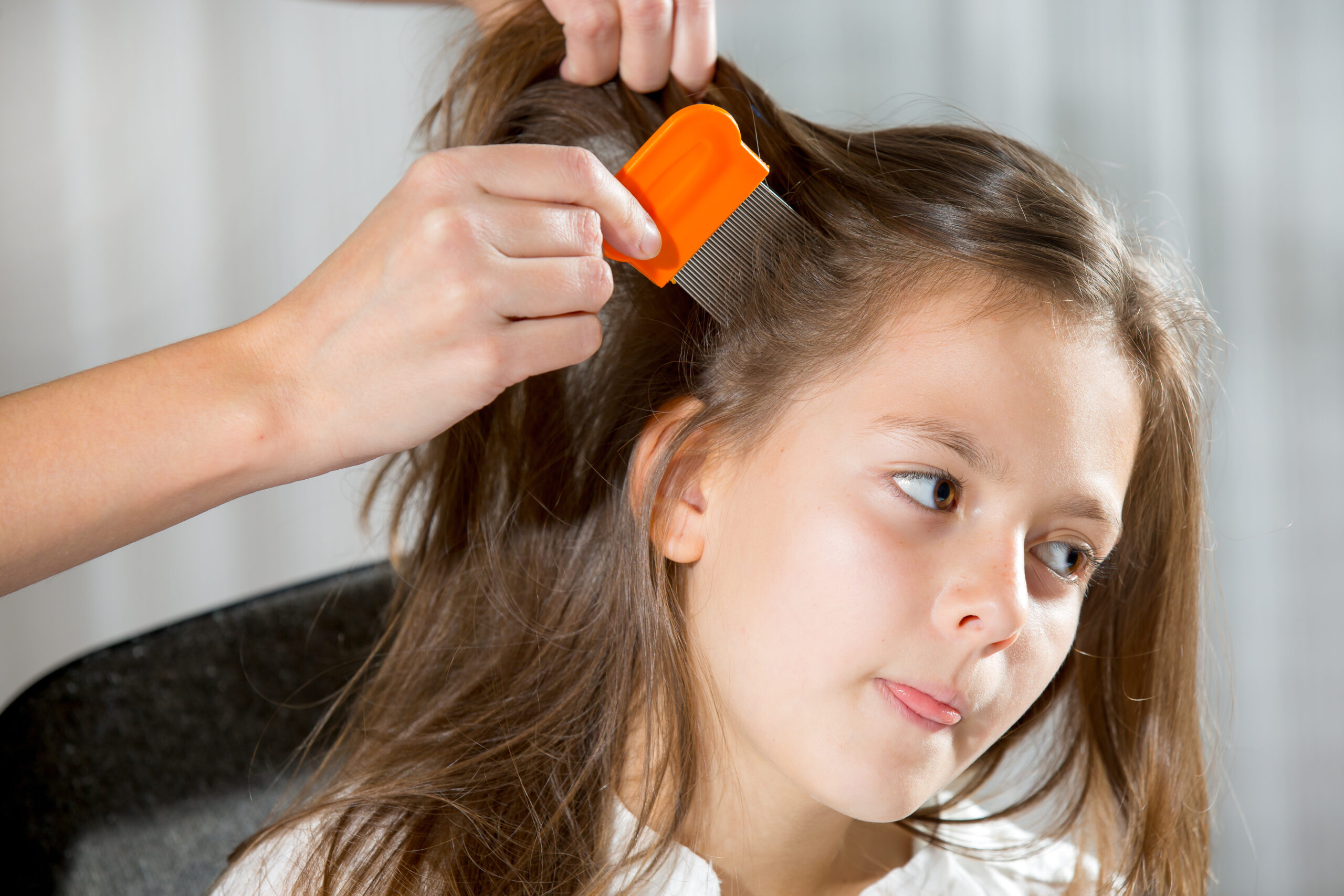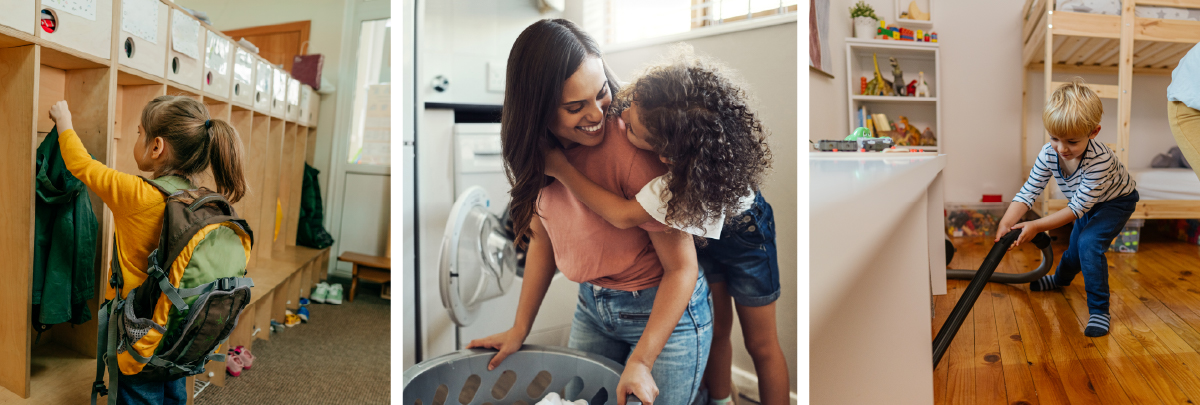
October 3, 2022
Tips And Tricks For Dealing With Lice This School Year
The school year has just begun, and pretty soon your kids may be coming home with more than homework. The CDC estimates that between 6 and 12 million children get lice a year! Knowing the common myths about lice and prevention and treatment methods can help you set your family up for an itch-less school year.
Three Myths About Lice
- Lice like dirty hair, so people with poor hygiene are more prone to them
Lice have no preference between hair that is dirty, oily or uncombed and hair that is well-managed. Regardless of the cleanliness of the hair, lice are attracted to the food source that the host head represents—no amount of washing will deter these creatures.
- Lice spread diseases
There is no evidence that lice can spread diseases from person to person. While they are a nuisance and can cause intense itching, which can lead to infection, the lice themselves carry no diseases we can pick up and thus pose no immediate threat to the health of your family. Don’t fret for the furry members of your family. Lice can’t spread from people to pets or vice versa!
- Lice jump or fly from head to head
Lice have no wings and are thus constrained to the ground. And while they’re speedy crawlers, the insects have no ability to jump, meaning they can only get from person to person by crawling into objects or onto heads that are touching. If you think you’re seeing them jump from head to head, it’s your imagination!

What Are Lice?
Lice are tiny insects, about the size of a sesame seed, that feed off human blood and can be found in human hair, specifically behind someone’s ears or at the base of their neck. These fast-crawling insects lay up to 6 eggs, or nits, a day, and only feed off human blood, not the blood of your pets.
How Do People Get Lice?
People, especially children, are susceptible to lice when making direct contact with other people’s heads. Lice can crawl from one head to another in seconds. Lice can also be spread through the sharing of hats, brushes or pillows.
School-age children are susceptible to head lice and can pick it up in class, though that’s not the only place they can attract these pests. Sleepovers, sporting events, playdates and more all are prime lice-spreading events.

Preventing Lice
- Avoid sharing clothing such as scarves, hats, helmets and hair accessories and products like brushes.
- Have kids place their jackets and coats in their backpacks instead of in communal coat bins or hanging them with their classmates’ items.
- Wash and dry clothing, bed linens and any other items used by someone in your household with lice. Machines should be set to hot (130°F) and use the highest drying cycle possible. If you can’t wash certain items, dry clean them or place them in a sealable container for two weeks.
- Vacuum your carpets and furniture, including kids’ car seats, and throw away the vacuum cleaner bag once finished
Treatments That Work
Many experts recommend wet combing, the process of combing through hair soaked with water and conditioner or oil with specially designed teeth to remove lice and nits. The process, which can take 15 to 60 minutes depending on hair length, can remove all adult lice and prevent the further laying of eggs. It should be repeated every few days until no more lice or nits are found.
There’s also the option of prescription treatment solutions, like Sklice, that suffocate the insects or target their nervous systems. Contact your primary care physician for more information about prescription treatment methods.
Treatments That Don’t Work
If you’re using at-home solutions that involve suffocating the lice, like applying mayonnaise, oil or petroleum jelly, you may not fully rid your family’s scalps of the pests. Most over-the-counter solutions no longer treat lice on their own. A recent study showed that 98% of head lice “had genetic mutations that would make them resistant” to the most common over-the-counter options.
If you do opt for an over-the-counter lice-fighting product, be sure to follow the directions carefully and pay attention to whether or not a follow-up treatment is recommended. Because many products don’t kill nits, an additional treatment a few days later may be necessary to remove newly hatched lice. Some products may also recommend combining treatment with wet combing.
Many people use shampoo shields, shampoos marketed as natural options to prevent lice. However, no evidence exists to prove these products do anything to prevent or remove lice infestations.
Looking to treat a lice breakout in your home? Check out these local lice treatment centers.
Now that your kids are back in school, lice aren’t the only contagion you have to worry about. Make sure your family is scheduled for their annual visits with their primary care providers. In the market for a new doctor? Check out our website for more information on our clinics with family medicine: https://coryellhealth.org/services/family-medicine/.
 Skip to content
Skip to content
